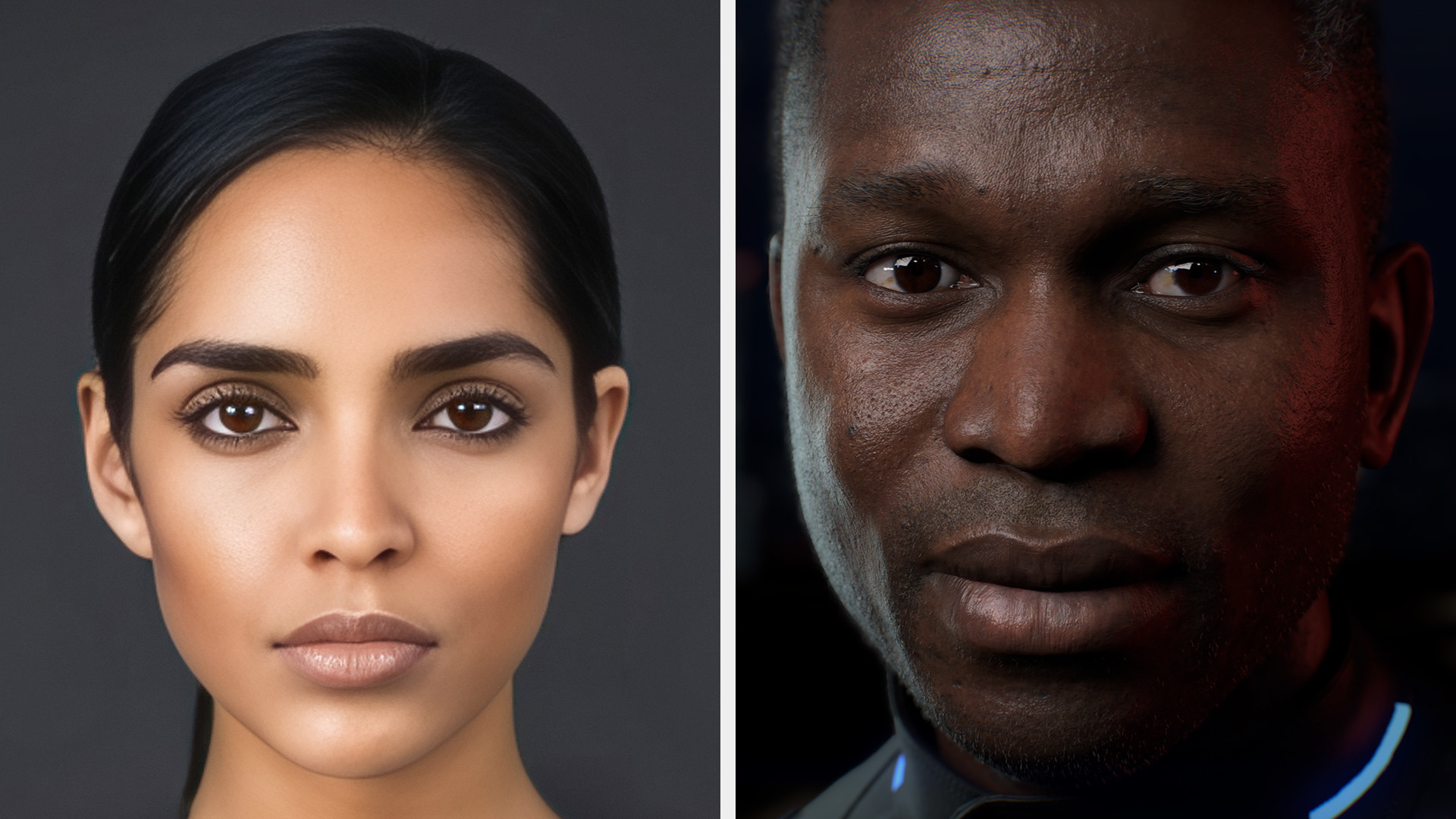The Rise of Digital Humans (AI Avatars): Transforming Human Interaction in the Virtual Age
The concept of digital humans, also known as AI avatars, has rapidly evolved from futuristic fiction to an integral part of today’s digital ecosystem. These AI-powered virtual personas are built using advanced technologies such as artificial intelligence, machine learning, computer vision, and 3D animation. Designed to resemble real people in look, voice, and behavior, digital humans now serve as virtual influencers, customer service agents, and even brand ambassadors in digital marketing campaigns. Their growing presence signifies a new era where human-machine interactions are more seamless, engaging, and lifelike than ever before.
Source- https://www.marketresearchfutu....re.com/reports/digit
One of the key drivers behind the emergence of AI avatars is the growing demand for personalized digital interaction. As businesses increasingly move toward online platforms, creating a human-like presence that can engage users at scale has become a priority. Digital humans fill this gap by delivering real-time, emotionally intelligent conversations that can mimic the tone and nuances of human speech. With natural language processing (NLP) and facial recognition software, they respond to users in ways that feel authentic, making them highly effective in customer-facing roles.
Industries across sectors are beginning to adopt digital humans to enhance user experiences and operational efficiency. In the retail sector, AI avatars serve as virtual shopping assistants who can guide customers through product catalogs, answer queries, and make personalized recommendations. In the banking and finance industry, they simplify complex transactions, explain investment strategies, and provide 24/7 customer support. Education platforms also benefit from AI avatars acting as virtual tutors, delivering content in an engaging and relatable format that boosts student retention and satisfaction.
The entertainment and media industry is perhaps the most visible adopter of digital humans. Virtual influencers like Lil Miquela have garnered millions of followers, blurring the line between real and artificial personas. These avatars are capable of appearing in music videos, live-streaming sessions, and social media collaborations, all while being managed by creative teams and AI models. Their popularity is rooted in the ability to generate high engagement without the unpredictability or privacy issues associated with human celebrities. Moreover, digital humans offer brands complete creative control over their narrative and behavior.





